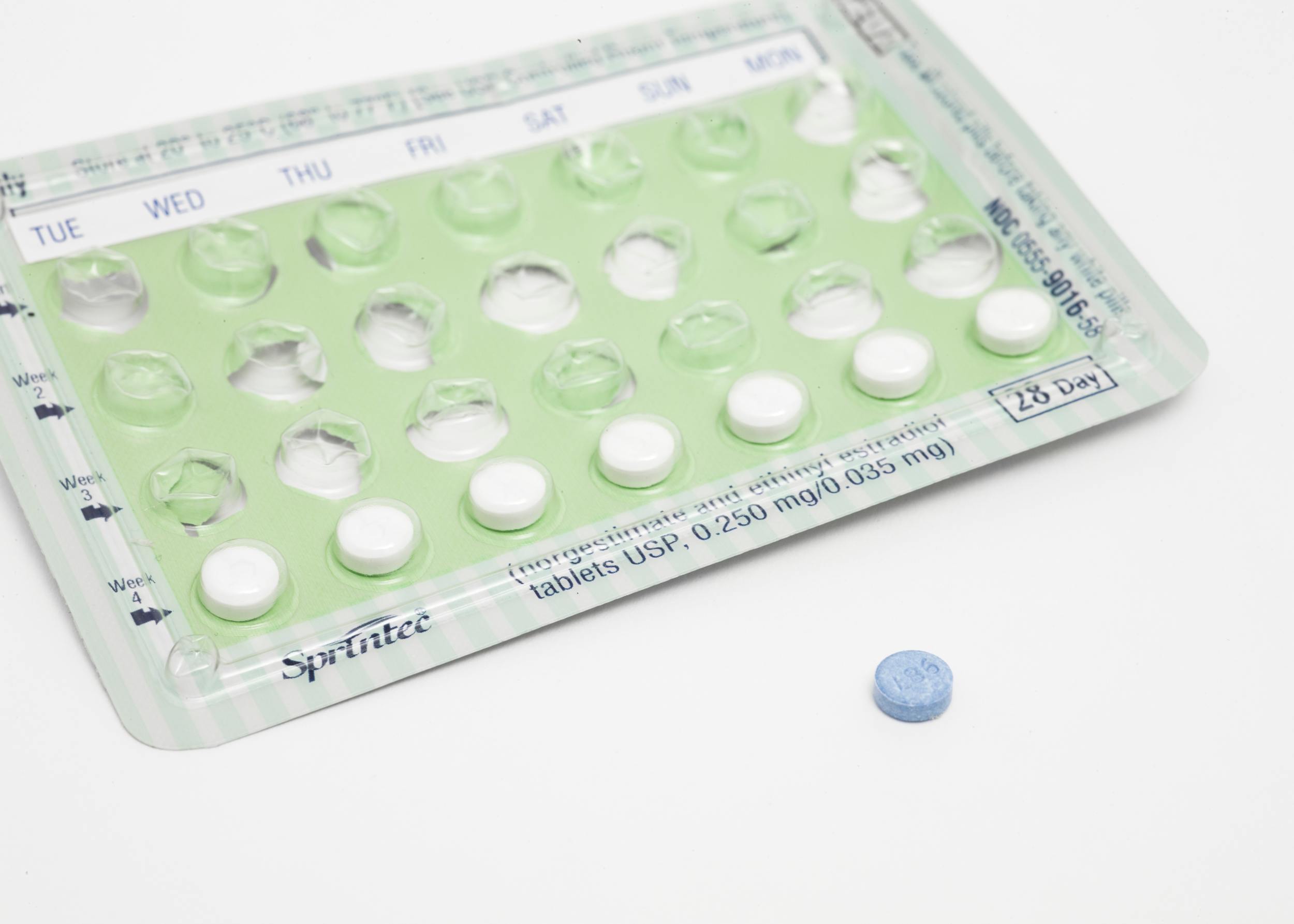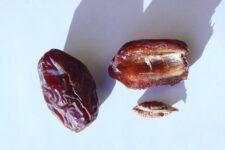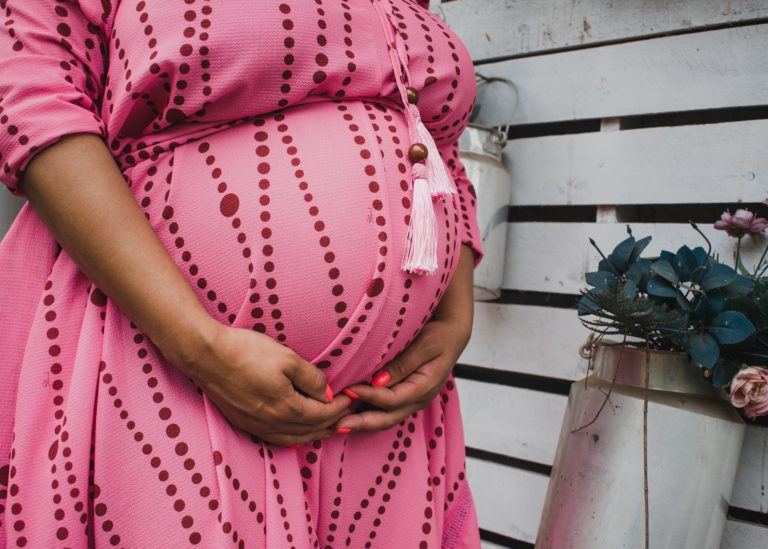Over the past few years, I have noticed a rise in people coming to the Yinova Center for acupuncture and herbal medicine to treat polycystic ovary syndrome or PCOS. These patients usually have irregular periods or in many cases, no periods, and are looking to regulate their cycles in a natural way.
What is PCOS?
Polycystic Ovary Syndrome (abbreviated PCOS or PCO), also known clinically as Stein-Leventhal syndrome, is an endocrine disorder that affects approximately one in ten women*. PCOS affects all races and nationalities and is the most common hormonal disorder among people of reproductive age.
The principal features of PCOS are lack of regular ovulation and/or menstruation, weight gain in excessive amounts, or the effects of androgenic hormones. While the causes are unknown, insulin resistance, obesity, and diabetes are all strongly correlated with PCOS. There is also a strong genetic component. One of the main clinical signs of PCOS is the observation of numerous follicles in the periphery ovaries, often referred to as having the appearance of a “string of pearls”. Interestingly people who are polycystic ovulate much more frequently when they are underweight which might be an evolutionary trick to keep the population going in times of famine.
Symptoms of Typical PCOS
- Oligomenorrhea (irregular menstruation), amenorrhea (no menstruation)
- Hirsutism (excessive body hair)
- Dyspareunia-pain during intercourse
- Acne
- Dark patches of skin
- LH:FSH ratio 2:1; instead of 1:1
- Insulin resistance
- Prolonged PMS
If you have read Jill’s book you would identify this pattern with Waterlogged, Tired, and/or Stuck. Usually, when I treat classical PCOS I immediately suggest to my patients that they reduce all sugary foods and simple carbohydrates. Furthermore, they are much more likely to ovulate with a reduction in weight, even a 5% reduction can help tremendously. Additionally, I strengthen the Spleen and Kidneys and provide herbs to induce ovulation by reducing dampness and phlegm.
How Typical Ovulation Works
At about cycle day three Follicle Stimulating Hormone (FSH) is released from the brain that sends a message to the ovaries to grow an egg. Many eggs “hear” the message and grow in response to the hormone. As the eggs grow, they secrete estrogen. The bigger the egg, the more estrogen it secretes. Once one egg gets large enough and secretes a high enough level of estrogen-it turns off the FSH. This prevents the body from releasing too many eggs in one cycle. At this point, the Luteinizing Hormone (LH) is secreted and the egg ruptures from the follicle causing ovulation. The corpus luteum that surrounds the egg begins to secrete progesterone and more estrogen.
PCOS and Anovulation
People with PCOS usually have a cluster of cysts in the ovaries as detected by transvaginal ultrasound in addition to a set of symptoms. This little cluster of eggs secretes enough estrogen to tell the body to turn off the follicle-stimulating hormone but they are not large enough to ovulate. This creates a stalemate between the ovaries and the brain and no ovulation occurs. In this situation, there is an abundance of estrogen and testosterone floating around the system but very low levels of progesterone.
“New PCOS”
Lately, I have seen a rise in patients diagnosed with PCOS as determined by cysts on their ovaries but they do not have the aforementioned symptoms. Interestingly this group presents entirely differently from the original PCOS group that I have both studied and treated extensively.
This “new” group appears entirely different. These patients tend to be on the thinner side and coincidentally tend to have been on the birth control pill for a long time (10-20 years). I usually discover that my patients had regular cycles before going on the birth control pill but after taking the pill for 10-18 years consecutively they find that they are now having difficulty ovulating after stopping the pill.

Commonly Observed Symptoms of “New PCOS”
- Observable cysts on the ovaries
- Long term birth control pill usage
- Prolonged PMS
- Digestive complaints like reflux or IBS
- Post-nasal drip
- Light or no flow on the BCP
- Anxiety
- Poor sleep
I find myself tapping my pencil about this on a weekly basis… Did the birth control pill have an effect on the ovaries or was the condition already present but masked due to years of anovulatory cycles? Have the ovaries been trying to ovulate for 10+ years?
The findings seem to suggest that there is a link between the birth control pill and polycystic ovaries in cases where the hormone levels are normal and there are metabolic issues such as sensitivity to glucose.
Traditional Chinese Medicine and Typical PCOS:
We always treat conditions based upon the symptoms in addition to information gleaned from ultrasounds and lab work. This “New group” is already thin and in our medicine, I would diagnose them to be Blood Deficient, Yin Deficient, and Stagnant aka Pale Type, Dry Type, and Stuck Type. Treatment is geared towards nourishing and moving Qi and Nourishing Blood and Yin.
Typical solutions are providing an herbal formula to help regulate progesterone and estrogen levels. I also use acupuncture points and perscribe herbal formulas to help clear stagnation and help rid the body of the excess estrogen floating around. Another good way to do this is by adding Probiotics to make sure the colon is clearing out excess estrogen.
I have had a lot of success in helping patients resume ovulatory cycles. Depending on the severity of the condition it can take 3-12 months to regulate a cycle. If you are looking to get pregnant quickly, PCOS responds very well to Assisted Reproductive Technology which can be an effective way to get things moving. We do, however, suggest three months of treatment to help adjust the hormone levels in the body so the eggs that are stimulated are more hormonally balanced.
* Language used in the study referenced.






